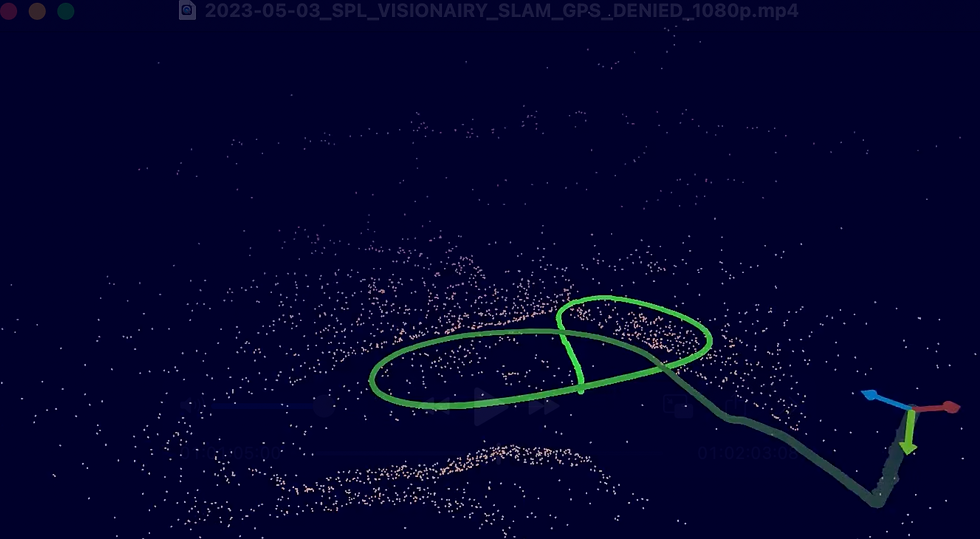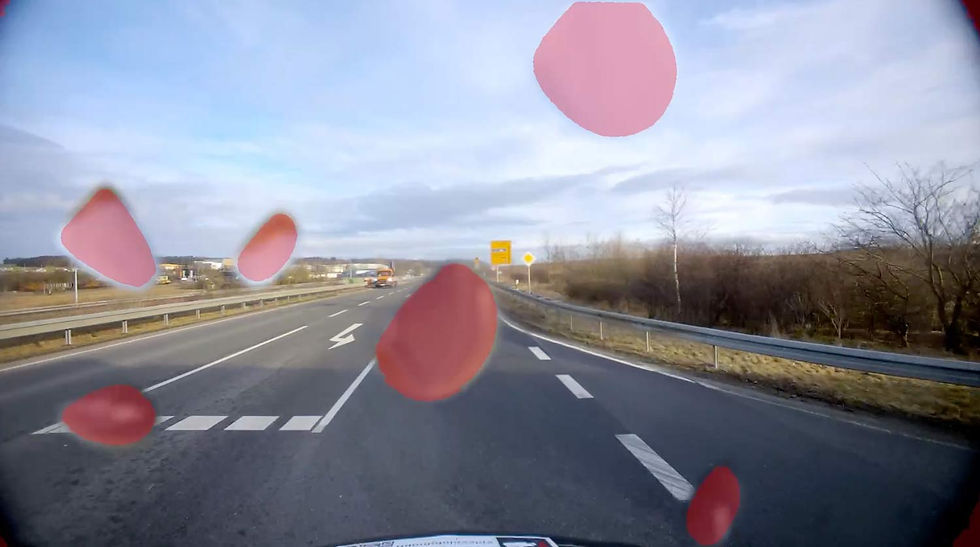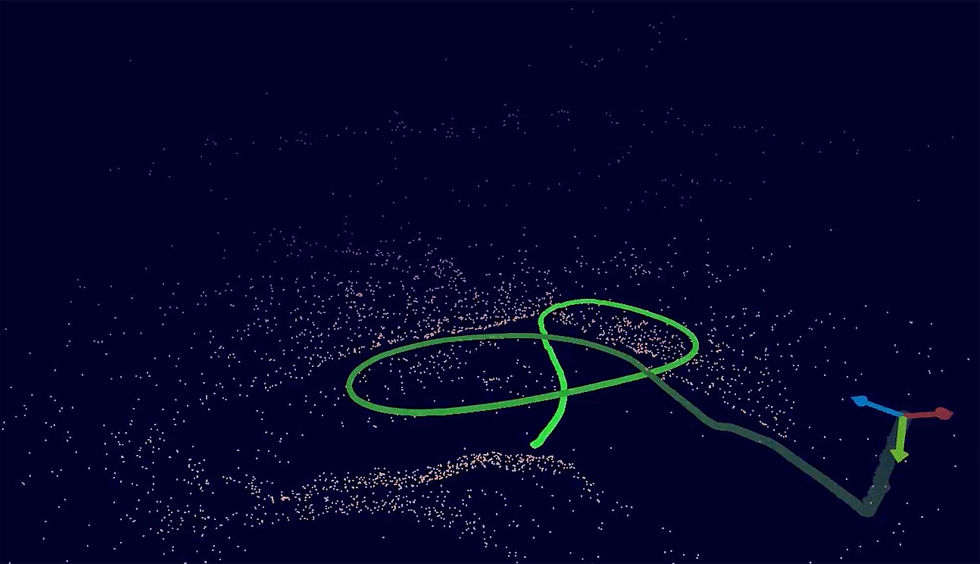
Solutions for Drones
Detect & Avoid
The Crowded Sky – Navigating a Shared Airspace Safely
Drones Flying Blind to Non-Cooperative Threats
As the number of drones in the airspace rapidly increases, and as operations extend Beyond Visual Line of Sight (BVLOS), the risk of mid-air collisions with other aircraft (manned or unmanned) becomes a critical safety concern.
Traditional Air Traffic Management (ATM) systems primarily cater to manned aviation, and many smaller drones or even some manned aircraft may not be equipped with cooperative transponders (like ADS-B), rendering them invisible to standard drone GCS systems.
The Cost: Catastrophic Collisions, Regulatory Barriers, and Public Trust Erosion
The consequences of failing to detect and avoid other air traffic are potentially devastating:
Mid-Air Collisions
Risk of catastrophic accidents involving drones and manned aircraft, with potential loss of life and significant property damage.
Regulatory Hurdles
Inability to meet DAA requirements stalls approvals for advanced drone operations like BVLOS, urban air mobility, and large-scale autonomous fleets.
Public Safety Concerns
Incidents erode public trust in drone technology and can lead to more restrictive airspace regulations.
Mission Aborts & Inefficiency
Drones forced to operate under highly restrictive conditions or with constant human oversight to mitigate collision risk.

To ensure safe integration of drones into the broader airspace, robust onboard Detect & Avoid systems are essential. These systems must be able to:
1
Reliably detect a wide range of non-cooperative airborne threats (fixed-wing, rotorcraft, other drones) at sufficient ranges.
2
Accurately track multiple potential threats simultaneously.
3
Assess collision risk based on trajectory, speed, and proximity.
4
Autonomously execute or recommend appropriate avoidance maneuvers in compliance with airspace regulations (e.g., right-of-way rules).
5
Function effectively in various weather and lighting conditions.
our AI solution
Giving Your Drones the Eyes and Intelligence to Share the Skies Safely
Spleenlab’s VISIONAIRY® Suite, particularly leveraging VISIONAIRY® Object Detection and VISIONAIRY® Spatial Detection, provides your drone fleet with an advanced, AI-powered onboard Detect & Avoid capability.
We empower your drones to autonomously perceive, identify, track, and maneuver to avoid non-cooperative air traffic and other airborne hazards, enabling safer and more scalable BVLOS operations.
Detects aircraft at tactically relevant distances to allow ample time for avoidance.
Simultaneously tracks multiple potential airborne threats.
Differentiates between types of aircraft (e.g., fixed-wing, rotorcraft, drone) to inform avoidance strategy.
Continuously evaluates trajectories and predicts potential conflicts.
Executes pre-defined or dynamically calculated avoidance maneuvers (e.g., climb, descend, turn) in accordance with aviation best practices or regulatory guidelines (e.g., TCAS-like logic).
Provides timely warnings and situational awareness to remote pilots or ground control stations.
Immune to GPS jamming and spoofing, ensuring mission continuity in contested or electronically noisy environments.
Related products

VISIONAIRY™
Visual Inertial Odometry

VISIONAIRY™
MAP BASED RELOCALIZATION

VISIONAIRY™
SLAM - EO | IR

VISIONAIRY™
SLAM - LIDAR
Enter the next level of safe navigation
ON BOARD
We support all chips, all sensors and all robots.
highest embedded performance
We support all chips, all sensors and all robots.
ON BOARD
We support all chips, all sensors and all robots.
Resources

Demo Video

Whitepaper

Blog post